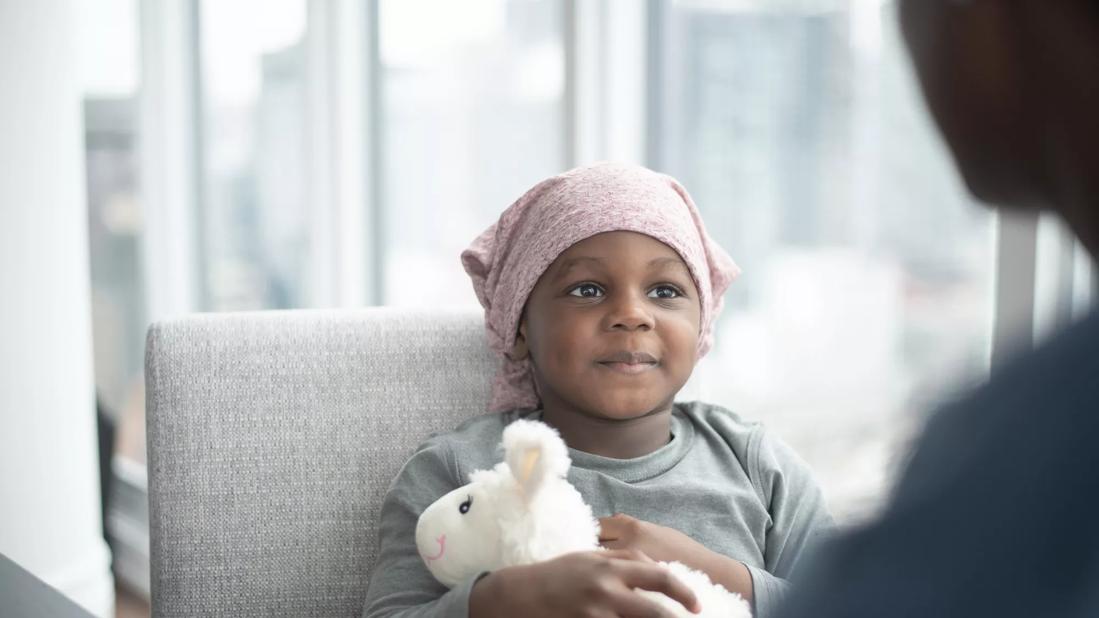Unpacking advancements and identifying drivers of healthcare barriers

Advertisement
Cleveland Clinic is a non-profit academic medical center. Advertising on our site helps support our mission. We do not endorse non-Cleveland Clinic products or services. Policy
Improvements in survival from Hodgkin lymphoma (HL) are one of the greatest medical accomplishments of the past half-century with event-free and overall survival rates now exceeding 85% and 90%, respectively.
Such success has developed from cooperative group trials aimed at identifying patients at high-risk for poor outcomes, incorporating response-adapted multimodal therapy, refining radiation and integrating immunotherapy agents.
Despite these achievements, differences in outcomes among various patient populations persist.
Nodular sclerosing HL is the most common subtype. At diagnosis, patients are risk-stratified based on radiologic and clinical findings. Most adult and pediatric protocols rely on the Ann Arbor staging system with Cotswold modification. However, newer methods of risk prediction are being tested.
The Childhood Hodgkin International Prognostic Score (CHIPS) was the first prognostic scoring system. CHIPS has shown a high level of predictability for event-free survival (EFS) in intermediate-risk HL and is still being evaluated for patients with high-risk disease. It is uncertain whether CHIPS will be valid in the adolescent and young adult (AYA) population.
Interim evaluation using 18-fluorodeoxyglucose (18FDG)-positron emission tomography (PET)/CT is used to adapt subsequent treatment based on disease response to initial cycles of therapy. Based on this interim assessment, treatment is reduced for those who respond quickly or intensified for those with a slower response.
Advertisement
Refining the response-adapted approach has been an increasing area of interest in HL. Recently, the use of plasma-derived circulating tumor DNA (ctDNA) as a marker of disease status has been studied for disease diagnosis and monitoring.
Future studies will continue to investigate the utility and feasibility of ctDNA as a radiation-free tool to track residual disease surveillance.
Dose-dense chemotherapy and radiation therapy (RT) have been at the center of treatment for HL. However, give the long-term toxicities associated with RT exposure and high-dose alkylates and/or anthracyclines (e.g., cardiotoxicity, infertility, and secondary malignancies), novel immunotherapy agents are being introduced to the front-line treatment setting.
Brentuximab vedotin (Bv) is an anti-CD30 antibody drug conjugate that has shown impressive success and improvements in EFS. Bv is now being used in the upfront setting for high-risk patients. Future Bv research will continue to investigate long-term toxicity as well its integration into treatment plans for all stage patients.
Despite excellent EFS for most children and AYAs with HL, up to 30% will experience relapse.
Salvage therapy using high-dose chemotherapy followed by autologous hematopoietic stem cell transplantation is widely considered the standard of care for relapsed/refractory (r/r) disease. Over time, salvage regimens have evolved to decrease both acute and long-term toxicity. Novel immunotherapy agents have moved into early phase clinical trials. Incorporating Bv into salvage regimens has shown a substantial increase in complete response rates without increased toxicity.
Advertisement
Ongoing clinical trials are incorporating nivolumab and pembrolizumab in the salvage setting. These humanized immunoglobulin monoclonal antibodies interrupt PD-1 receptor-ligand interactions and restore T-cell-mediated immunity and antitumor responses.
Like upfront response adaptation, the goal of response adaptation in the salvage setting is to maximize complete metabolic response rates and minimize toxicities by reserving the most intensive therapies for patients with the most resistant disease. At present, questions around the best approach to risk assessment for these patients remain unanswered.
Two recent trials have used a risk-stratified, response-based trial design to test a transplant-free salvage regimen in children and AYAs with r/r HL. If successful, such a strategy could significantly reduce late toxicities of therapy.
Inferior HL outcomes are reported in non-Hispanic Black and Hispanic populations as compared to white populations and in AYAs as compared to children.
Intermediaries associated with this finding include stage at presentation, receiving care at specialized cancer centers, receipt of multimodal therapy, and enrollment in a clinical treatment trial.
The differences among patient populations in relapse are mitigated by enrollment in clinical trial. However, differences in outcomes for survivors in post-relapse mortality persist in the trial setting. In contrast, AYAs fare worse than children in both relapse and survival even when enrolled on trial. Ongoing analyses evaluating access to salvage trials, use of transplant, and incidence of long-term toxicities across these groups are underway.
Advertisement
Further knowledge is needed to understand differences in HL biology and define optimal therapies for vulnerable patients. A series collaborative between adult and pediatric consortia is already underway.
Current advancements in pediatric and AYA HL focus on improving techniques for risk stratification, response adaptation, incorporation of novel immunotherapeutic agents to reduce the burden of long-term toxicities from traditional treatment, and refining salvage regimens for those with r/r disease.
Despite excellent survival rates, certain groups of patients still have worse outcomes, and these outcomes are particularly prominent in the post-relapse setting. Efforts to understand the drivers of these differences and consortia focused on improving outcomes are vital to improving healthcare access for all patients and survivors of HL.
About the author: Dr. Shoag is associate staff in the Department of Pediatric Hematology Oncology and Blood and Marrow Transplantation at Cleveland Clinic Children’s.
Advertisement
Advertisement

Addressing rare disease and challenging treatment course in an active young patient

The latest evidence to support ‘practice-changing’ protocol—and a note of caution

Study measures real-world outcomes for relapsed or refractory large B-cell lymphoma

Optimized responses in transplant- and CAR T-cell therapy-eligible patients

CAR T-cell therapy, bispecifics and antibody drug conjugates have changed disease management

Global R&D efforts expanding first-line and relapse therapy options for patients

Large cohort study finds no reduction in survival for patients managed with active surveillance compared to treated patients

Two thirds of patients responded to CAR T-cell therapy